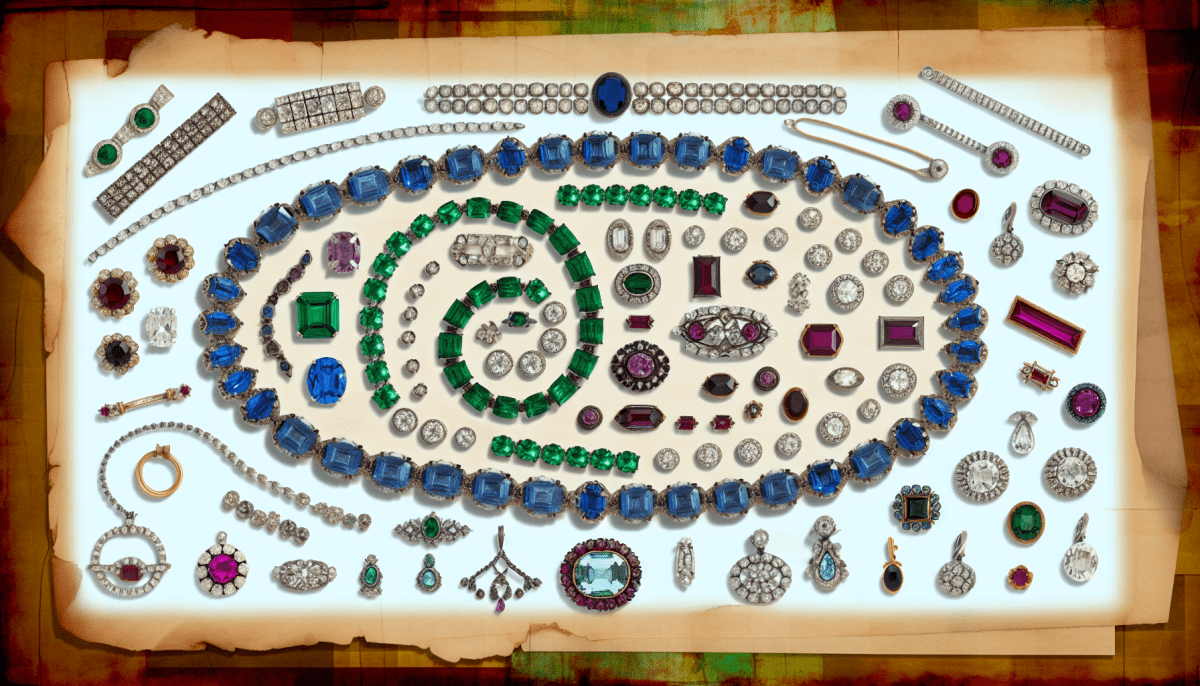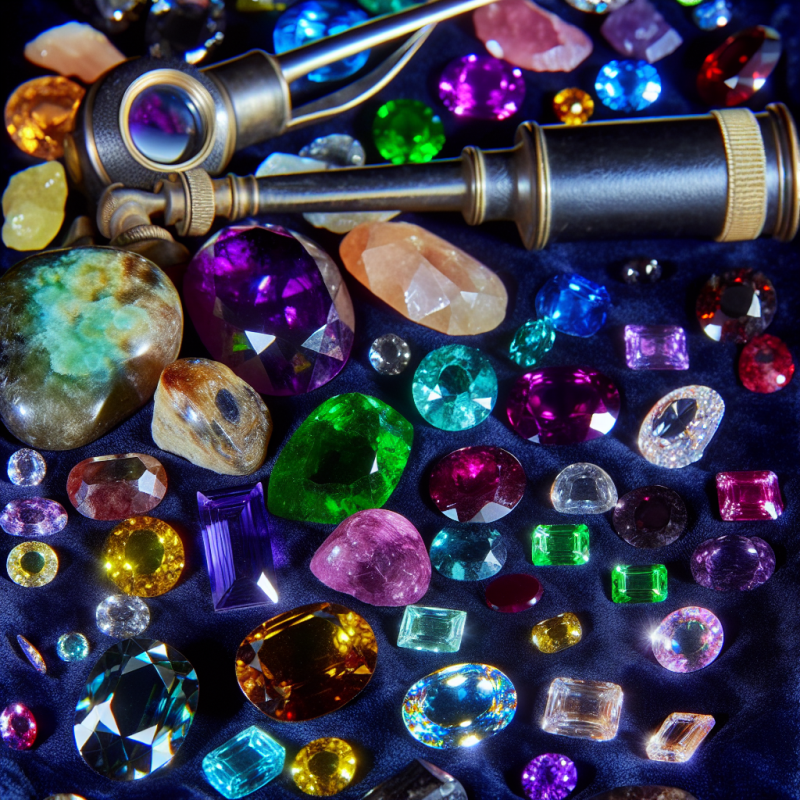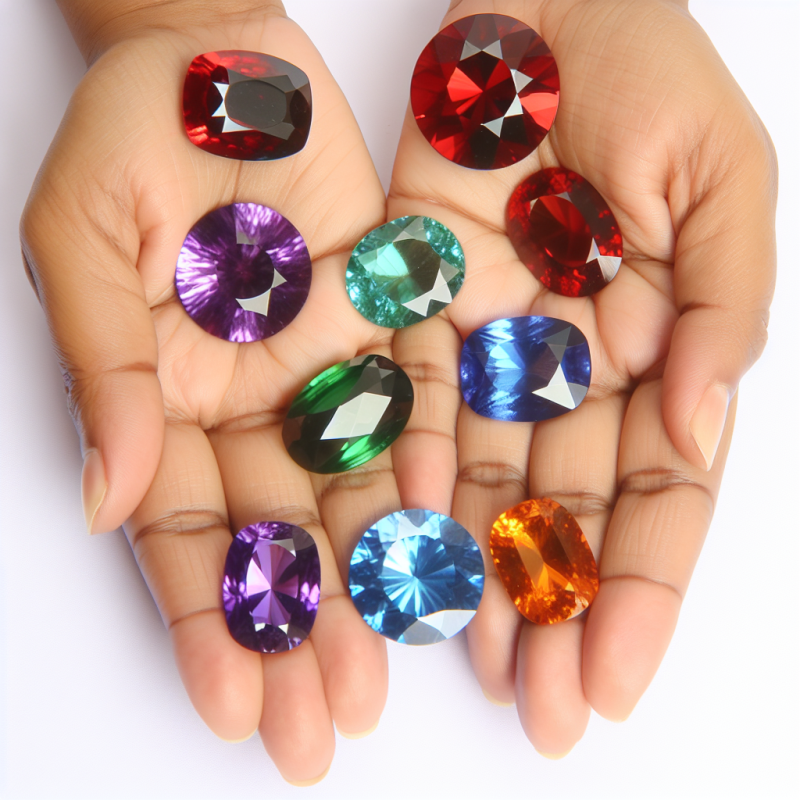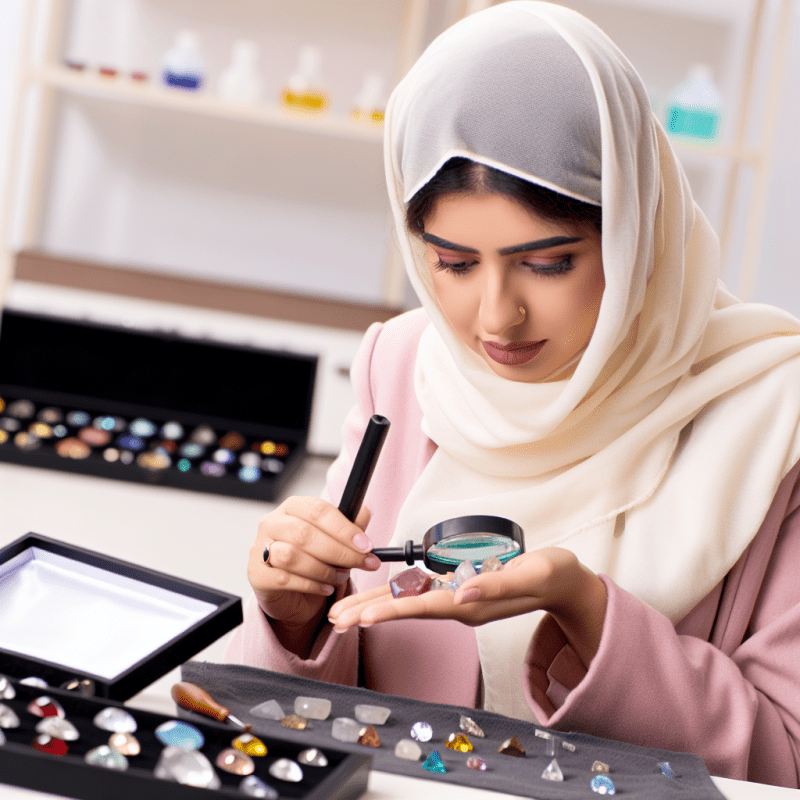Gemstone jewelry has a rich and fascinating history that stretches back thousands of years. From the ancient Egyptians who adorned themselves with exquisite pieces to the civilizations that believed gemstones held magical properties, the allure of these shimmering stones has captivated humanity for ages. Back in ancient times, jewelry wasn't just about looking good; it was often a symbol of power, status, and protection.
The Egyptians were among the first to really embrace gemstones. They used lapis lazuli, turquoise, and carnelian in their jewelry, believing these stones connected them to the gods and provided protection in the afterlife. You can imagine how stunning these pieces must have looked, layered with bright colors and intricate designs. Wearing such jewelry was a clear statement of wealth and divine favor.
Meanwhile, ancient cultures like the Greeks and Romans also played with gemstones in their jewelry. They used amethyst, garnet, and emerald, weaving these gems into everything from simple rings to elaborate necklaces. The Greeks even thought certain stones could bring luck or ward off evil spirits. It’s interesting to think about how those ancient people shared similar ideas about gemstones as we do today!
As trade routes expanded, gemstones began traveling across the globe. This exchange introduced new stones and practices to various cultures. For instance, in India, jewelry makers started incorporating diamonds and rubies into their designs, which remain popular even today. Each culture had its unique way of interpreting the beauty and meaning behind gemstones, enriching the history of jewelry we cherish now.
Symbolism and Meaning in Gemstones
Gemstones have a rich history that goes beyond their stunning appearances. Many cultures assign deep meanings and symbolism to these precious stones, making them more than just beautiful accessories. For centuries, individuals have chosen specific gemstones to represent their feelings, beliefs, and aspirations.
For example, the vibrant red of a ruby is often linked to love and passion. It’s a popular choice for engagement rings, symbolizing strong emotions and commitment. On the other hand, sapphires, with their serene blue hue, are often associated with wisdom and royalty. Wearing a sapphire can evoke a sense of calm and clarity.
Emeralds, with their lush green color, are tied to growth and renewal. People have worn emeralds to attract prosperity and abundance. Their historical importance has made them a favorite among kings and queens throughout history. Each gemstone carries its own unique legacy, which adds to its charm.
People also often choose stones based on their birth months. For instance, garnets are celebrated in January, symbolizing protection and strength, while amethysts in February are said to promote peace and balance. This personal connection makes gemstone jewelry not just a fashion statement, but a meaningful adornment that tells a story.
Ultimately, wearing gemstone jewelry can be a personal experience. Whether you believe in the powers of these stones or simply appreciate their beauty, there's a gemstone that resonates with everyone. It’s all about finding what speaks to you!
Evolution Through Time and Cultures
Gemstone jewelry has a rich history that reflects the different cultures and eras of humanity. In ancient times, gemstones were more than just pretty accessories; they held significant meaning and power. For example, the Egyptians adored lapis lazuli and turquoise, using them in burial masks and royal jewelry. They believed these stones offered protection and connection to the divine.
As we move through time, the Greeks and Romans added a touch of elegance to gemstone use. They favored amethyst and emeralds, often creating intricate designs that highlighted the natural beauty of each stone. These societies believed that gemstones had healing properties and brought good fortune, making them popular among the elite.
Fast forward to the Middle Ages, where gemstones were often associated with religious beliefs. People wore stones like garnet and sapphire as symbols of faith and devotion, often embedding them in crucifixes and other religious artifacts. This era also saw the rise of ornate goldsmithing, with jewelers creating stunning pieces that showcased their craftsmanship.
The Renaissance brought even more artistry into gemstone jewelry. The revival of classical art inspired jewelers to blend vibrant stones with detailed engraving and elaborate design. Diamonds emerged as the ultimate symbol of status, setting the stage for their popularity in the modern era.
Today, gemstone jewelry is a beautiful mix of old traditions and new trends. From minimalist designs to bold statement pieces, gemstones continue to captivate us. Whether you're drawn to their historical significance or simply their beauty, there's no denying that gemstone jewelry has come a long way through time and cultures.
Modern Trends in Gemstone Jewelry
Gemstone jewelry has come a long way over the years, and modern trends are all about mixing tradition with fresh ideas. Nowadays, people are more adventurous with their choices. It’s not just about the classic diamond ring anymore; colorful stones like sapphires, emeralds, and even ethically sourced lab-created gems are becoming favorites.
One exciting trend is the rise of personalized jewelry. Many jewelry lovers want pieces that reflect their unique stories or meaningful moments. Birthstones, for example, have made a comeback, often featured in custom rings or necklaces. These pieces aren’t just accessories; they hold personal significance and make great conversation starters.
Another modern trend is the focus on sustainable practices. Consumers are becoming more aware of where their gems come from and how they’re sourced. Companies are stepping up by offering recycled metals and stones from responsible mines. This shift not only benefits the earth but also reassures buyers that they’re making thoughtful choices.
Lastly, mixing and matching styles is all the rage. Layering necklaces with different lengths and textures, or stacking rings of varying designs, gives a playful and modern twist to traditional jewelry. It’s a fun way to express personal style and keep things fresh without the need for a complete wardrobe overhaul.



